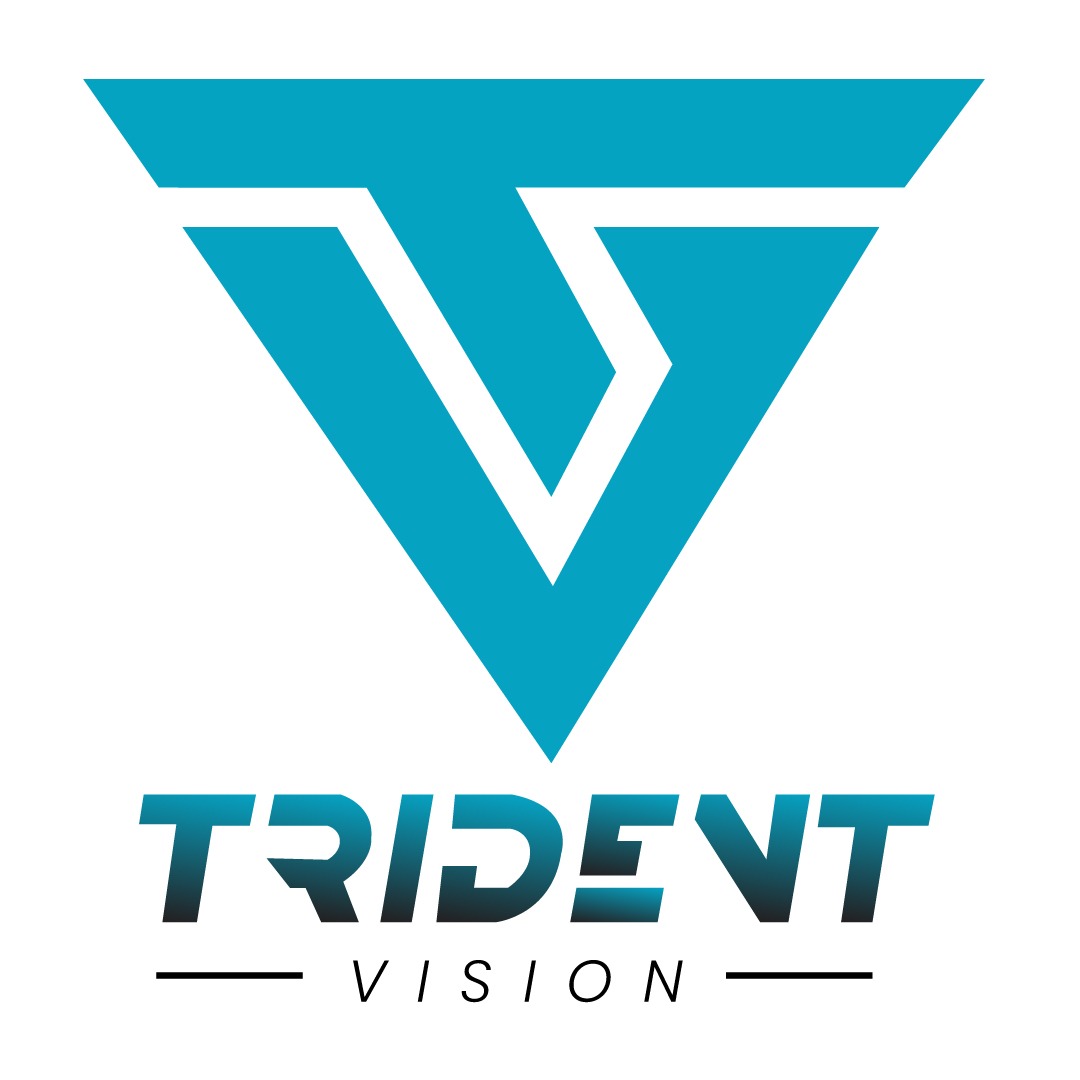How Does Logo Design Affect Brand Recognition Online

The logo is one of the key elements of a company’s branding strategy. These business symbols are the first things consumers see. If you don’t express your brand message effectively, you can’t attract potential customers to your business.
There are many other elements to a company’s branding plan, but the logo occupies a special place. The task of the logo as a visual communication tool is to convey the value and message of the brand to potential customers so they want to learn more. It also helps people remember your brand more easily. Statistically, it’s easier to absorb information visually than any other medium. Also, if the logo design itself is simple, it will be easier for consumers to remember the symbol and associate it with the brand. According to RenderForest, the logo is the most famous brand identifier, accounting for 75% by 2021.
What Does A Good Logo Mean?
A good logo is a line that suits your industry and service. If you have a professional service business (rather than a product), it’s generally better to be simple. We often design word tags and type logos for our customers because that’s all they really need.
It is designed to distinguish you from others and promote brand loyalty. How? It has a built-in meaning. Why? Because your company’s belief system, core values, goals, mission, and vision are the foundation of your brand. This is what people remember and tell their friends. Not your logo. Nobody really cares about your logo (except for graphic designers and designers who have a keen eye for design). What really matters to people is their experience with your service and what your brand represents. A good design not only looks professional on the surface but also points to something deeper.
Why A Logo Is Important?
A well-designed logo builds trust by verifying professionalism and maintaining people’s attention.
It tells potential customers who you are, what you are doing, and how it benefits them. Tell someone you don’t have any prior knowledge or experience about your business and that you’re doing a great job.
If your logo looks unprofessional, people will wonder how well you can offer your product or service. Have you ever pressed the back button or chose one business over another just because it seems more legal? People make quick decisions, and poor design leaves people away.
Create a strong logo to make your consumers stand out, remember your brand and foster a positive relationship with you. Logos have a deep symbolic connection to people’s memories and emotions.
How The Logo Should Be?
The small business logo should be clear and easy to interpret in order to reach the viewer quickly. It’s important to keep your logo simple so that it works on multiple media platforms and works at all sizes.
Unlike large companies, most small brands have a large marketing budget that helps people understand the long-standing brand awareness they associate with their business and what their business is doing. there is not. Therefore, the logo should clearly tell who you are and what you will do in a blink of an eye.
From concept to launch, there are many things to consider when combining brands into one. However, a large logo for small businesses only needs three things: good typography, simple colors, and powerful visual elements.
You want your typography to be intriguing, self-confident, and encourage optimism. Typography is a way to awaken those emotions without people noticing.
Typography is used to convey the tone and personality of the voice. Choose fonts that reflect your business meaning, such as elegant, traditional, capricious, and modern. Make sure your company name is clear and easy to read. Logos can appear on screens, business cards, letterheads, billboards, and packaging, to name just a few. You should be able to read it from a distance or near. Also, if your logo contains graphic elements, make sure the typography and icon are balanced.
72% of the best brands are made up of words and acronyms, but these names create an image in someone’s mind through typography. You can do the same with graphic elements, symbols, and icons. The visual elements are intriguing and make the logo impressive. You need to get the consumer’s attention for 10 seconds so that you can remember it and form an opinion about it. Some designers create this by modifying the text or adding an illustrated icon that can only be used in certain situations. Make sure all illustrations are original and not clip art. Over time, and with constant use, visual relevance develops.



